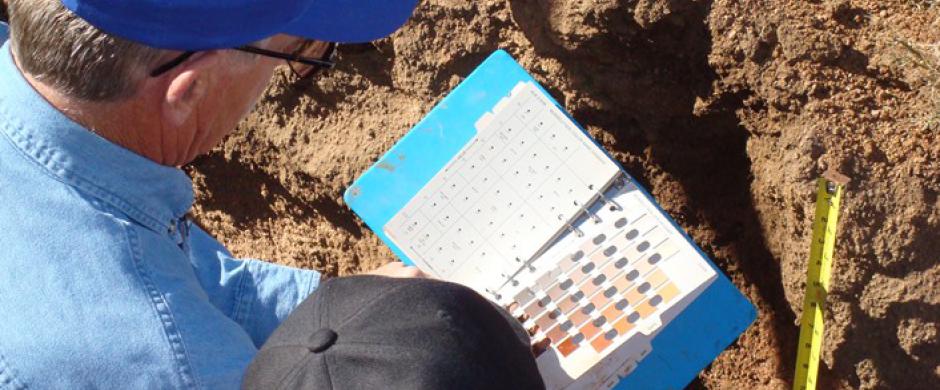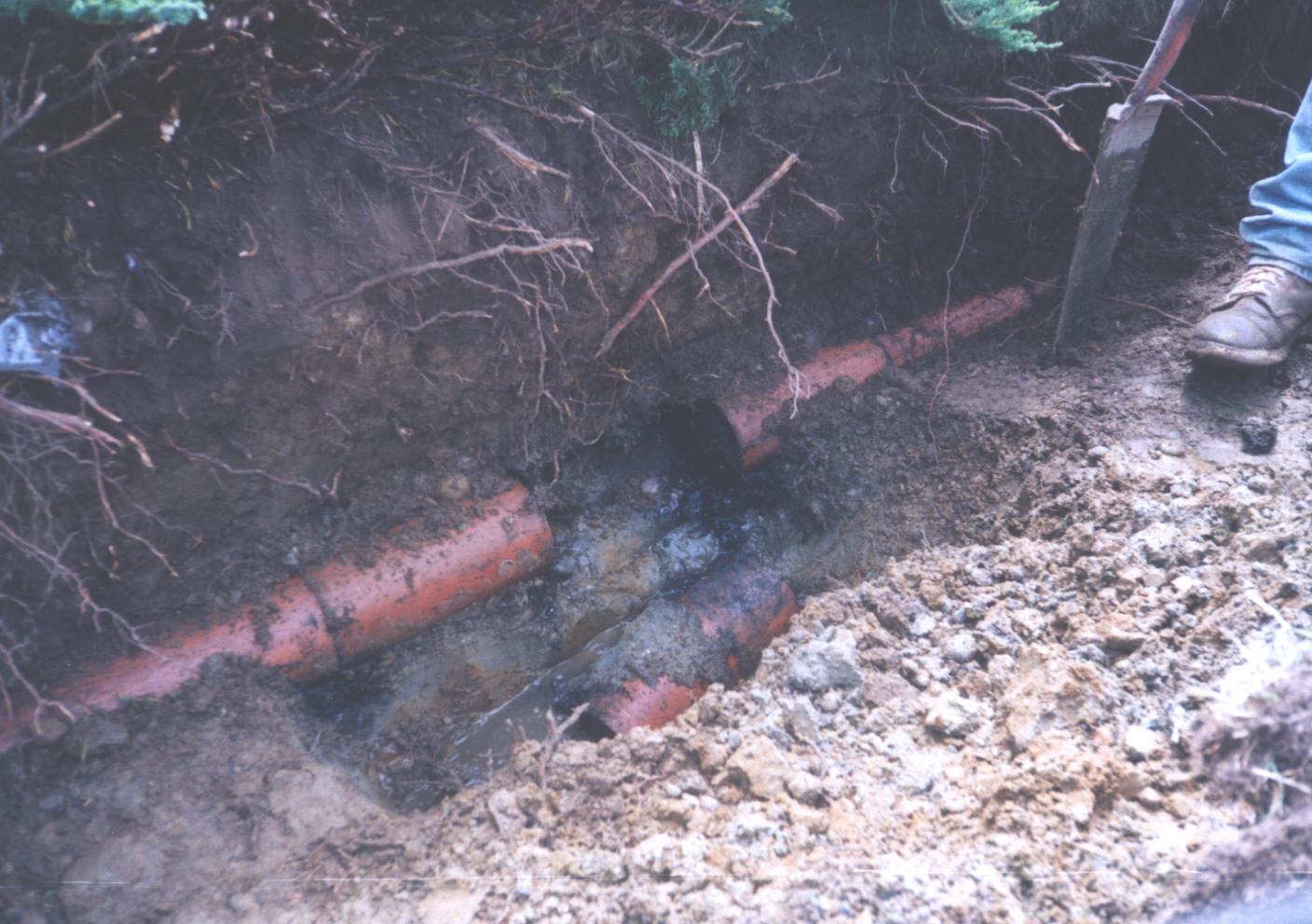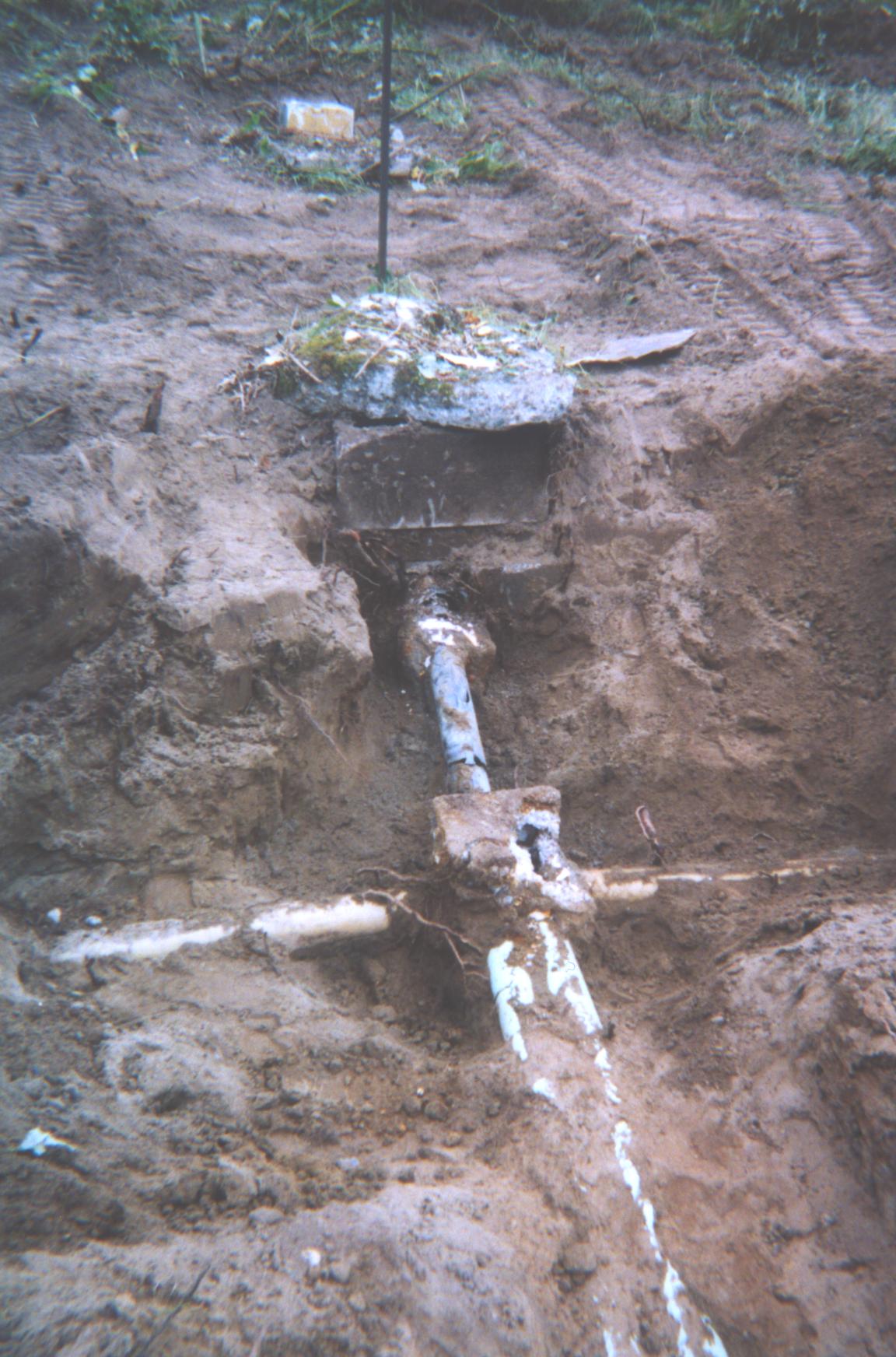The BE Department has two major programs in Water Resources:
Landscape Irrigation Program
The goal of the Landscape Irrigation Education for Master Gardeners Program is to inform and educate the participants of Master Gardener Programs of sustainable irrigation practices through hands-on activities, demonstrations, and interactive presentations.
![]()
Onsite Wastewater Education
The overall objective of the Onsite Wastewater Education program is to empower the users, installers, maintainers, and regulators of onsite wastewater treatment and dispersal systems to make informed and effective choices to protect human health and the environment. To attain this, the objectives are to:
- (1) increase the skill levels of regulators and practitioners in performing their jobs be it evaluating sites; designing, installing, inspecting, and/or regulating systems; and/or providing operation and maintenance on systems;
- (2) increase the awareness and knowledge of owner/operators of their onsite wastewater treatment system (particularly in in operating and maintaining it) so that they can make informed decisions to protect their investment, property, and the environment; and
- (3) increase the awareness and knowledge of RV owner/operators of responsible methods of treating and dumping of RV black water and grey water.
Nearly 50 million people in the United States use a septic tank as the primary treatment system for household waste. A properly functioning septic system (conventionally a septic tank and subsurface disposal trench, bed, or pit) is one of the most efficient treatment methods available. However, the Arizona Department of Environmental Quality (ADEQ) identified onsite/septic wastewater treatment facilities as the overwhelming activity/facility contributing to water quality impairment in Arizona -- over 90% of the identified activities. There is a need to educate onsite system owners and operators about the proper management of their systems and to educate the onsite wastewater treatment industry about proper design, installation, and maintenance practices. The University of Arizona Onsite Wastewater Education Program delivers training, publications, and expertise to Arizona’s onsite wastewater system operators, practitioners, and regulators.
See: Kitt Farrell-Poe
|
|
|
|
|
Using a camera to inspect water distribution pipes. |
Soil Site Evaluation class in Gila County. Instructor Jim Anderson (Emeritus Minnesota) covering soil color and Munsell soil charts. |
Soil & Watershed Evaluation Course. Class in a soil pit evaluating soil texture, structure, consistency and color. |
|
|
|
|
| Chamber distribution technology for water distribution. | Soil site evaluation in Gila County. Instructor Dan Wheeler of Minnesota instructing in the pit. | Installation of septic tank in Pima Country. |
Faculty with Water Resources Extension components:
 |
|
| Dr. Kitt Farrell-Poe |





